

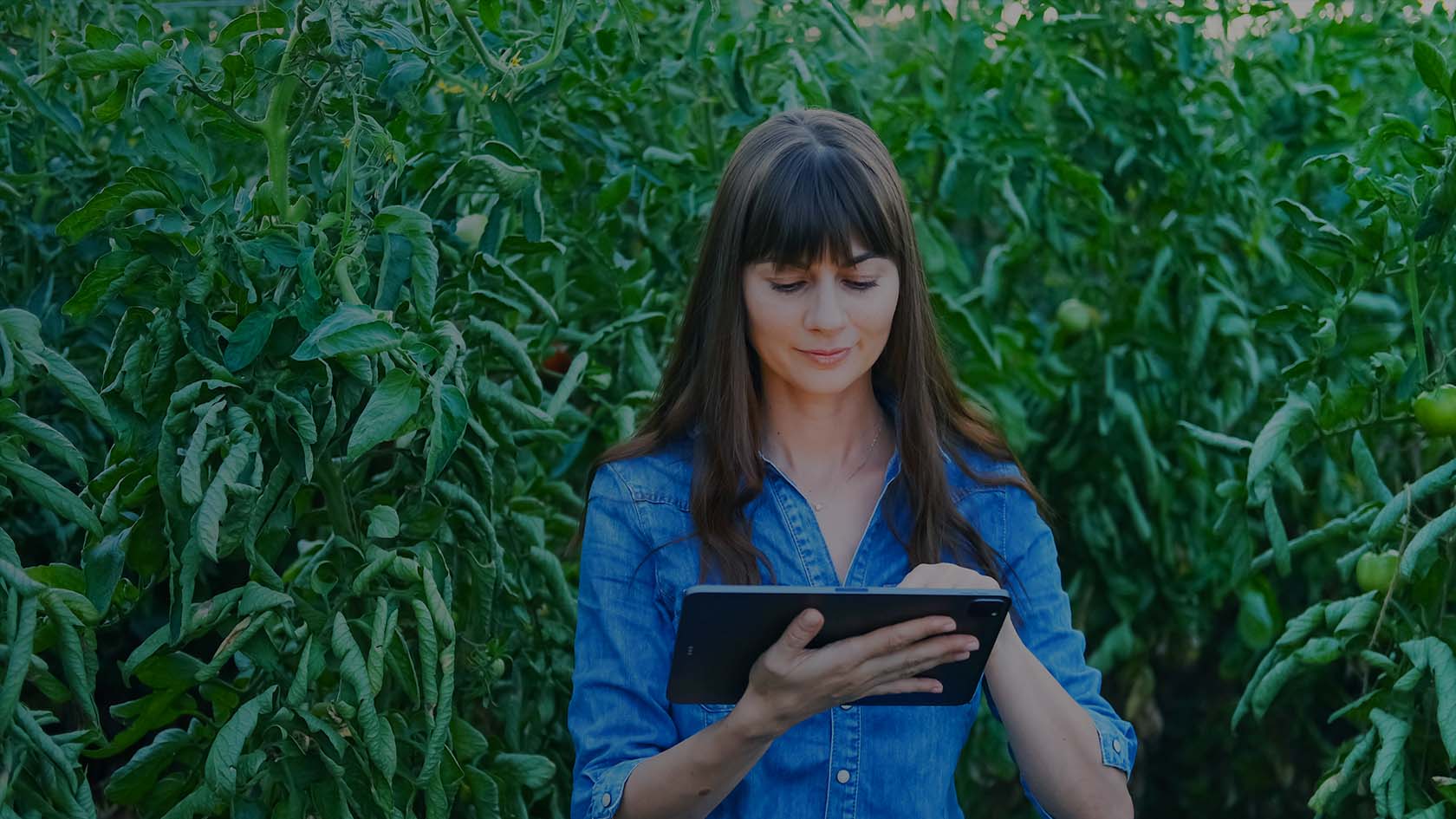

The scientific name of the fruit commonly known as melon is Cucumis melo. They are all annual herbaceous plants, which belongs to the Cucurbitaceae family (other crops such as pumpkin, watermelon, cucumber, zucchini and loofah also belong to this family). The fruits are mainly consumed raw, however they can also provide edible oil with traditional medicinal applications. To further understand melons, the existing varieties have been organized by consensus into seven groups: Cantalupensis, Chito, Conomon, Dudaim, Flexuosus, Inodorus and Reticulatus.
 iPNUK Library
11 Feb 2022
6 min read
iPNUK Library
11 Feb 2022
6 min read

Regardless of the kind of field you have, one of the main steps you need to carry out is to decide the most suitable irrigation system. It will mainly depend on your budget, the soil texture, the weather and the type of crop. Do not depend on the rainfall and increase the productivity of your plants by choosing the best system for your field.
 iPNUK Library
10 Feb 2022
9 min read
iPNUK Library
10 Feb 2022
9 min read

Tomato is one of the crops in which biotechnology is achieving more success. There are already several genetic mapping works for characters of agronomic importance, several molecular markers developed for the assisted selection of the main genes of resistances and tolerances, transgenics that accumulate anthocyanins in the fruits, besides being one of the few species that was able to gather efforts as an international cooperation to sequence its genome.
 iPNUK Library
9 Feb 2022
8 min read
iPNUK Library
9 Feb 2022
8 min read

Regardless of the kind of field you have, one of the main steps you need to carry out is to decide the most suitable irrigation system. It will mainly depend on your budget, the soil texture, the weather and the type of crop. Do not depend on the rainfall and increase the productivity of your plants by choosing the best system for your field.
 iPNUK Library
10 Feb 2022
7 min read
iPNUK Library
10 Feb 2022
7 min read

The seasonal consumption of oranges is showing a global increase over the years. The demand for fresh oranges and to produce various drinks and juices is increasing or maintained in all continents. The profitability of this crop makes many growers decide to choose it as a crop. Find out more about how to grow these fruits and how i-Plant Nutrition can help you to increase the number and quality of oranges per tree in your crop.
 iPNUK Library
11 Feb 2022
5 min read
iPNUK Library
11 Feb 2022
5 min read

Did you know that not only plum fruits but also the seeds are highly demanded nowadays? Obtain here some information you did not know about the plum trees and learn about this crop and its preferences. For example, how some varieties present very peculiar characteristics to force cross-pollination. Find them here and also the best way of obtaining the highest profitability by using i-Plant Nutrition.
 iPNUK Library
9 Feb 2022
5 min read
iPNUK Library
9 Feb 2022
5 min read

Humans have grown lemons for more than two thousand years, reaching today to produce almost 8 million tons a year in the world. Discover more about this crop and how to get the best profitability. i-Plant Nutrition will always be there to provide you with the most personalized advice. Find some tricks to induce flower production and also the most favourable conditions to obtain the highest yield.
 iPNUK Library
8 Feb 2022
5 min read
iPNUK Library
8 Feb 2022
5 min read

One of the most popular berries around the world is strawberries. This is due to its high performance when the plants find the optimal conditions for their vegetative development, flowering and fruiting. In addition, profits can be increased by following a personalized fertilization program like the one you can find in i-Plant Nutrition. Find out more about this crop and discover why it is related to the straw in its name.
 iPNUK Library
11 Feb 2022
6 min read
iPNUK Library
11 Feb 2022
6 min read

Every year raspberry canes must be rooted out and new shoots will form the next generation. What other characteristics does this crop have? What minimum temperature do you think it can resist? Discover the most interesting information about this species and learn how to obtain the greatest benefits, with the optimal edaphoclimatic preferences and the application of a fertilization program that you will find in i-Plant Nutrition.
 iPNUK Library
10 Feb 2022
5 min read
iPNUK Library
10 Feb 2022
5 min read

Is climate change something we can obviate? The truth is that those unstoppable changes are not only a prediction but also observed nowadays. Since we are facing the consequences, in this article you will find what are we expecting worldwide for the near future and what are the tools that may help us to generate a sufficient amount of food for this and next generations.
 iPNUK Library
8 Feb 2022
6 min read
iPNUK Library
8 Feb 2022
6 min read

Keeping plants healthy is essential for them to perform well and be profitable. From i-Plant Nutrition, we understand the importance of knowing possible diseases in order to detect and stop them. Discover in this article some of the ones we know about citrus.
 iPNUK Library
8 Feb 2022
7 min read
iPNUK Library
8 Feb 2022
7 min read
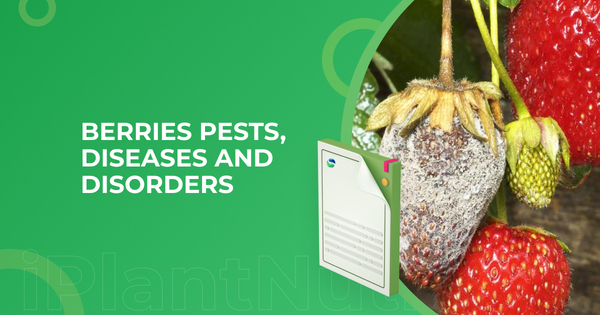
Before attempting to control any pest, disease or disorder in your berries crop, it is necessary to correctly identify the responsible species. Find in this article some of the main insects, fungus and viruses that may damage your berries crop.
 iPNUK Library
7 Feb 2022
6 min read
iPNUK Library
7 Feb 2022
6 min read

Use the knowledge that farmers and scientists described before to maintain your plum plantation healthily and productive. You can find in this article the main pests and diseases you should be familiar with, in order to avoid their development in your plants. As we always mention, prevention is the most powerful tool, and knowing bout the principal harmful agents can considerably help you.
 iPNUK Library
6 Feb 2022
5 min read
iPNUK Library
6 Feb 2022
5 min read
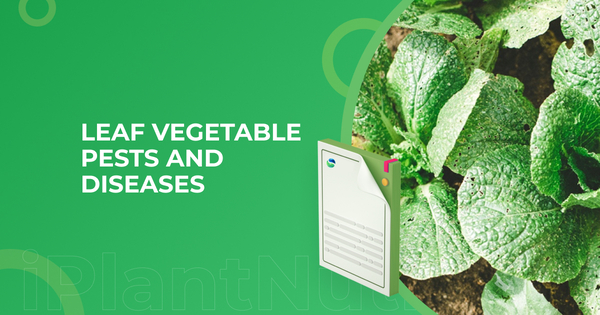
The nutritional characteristics of leaf vegetables are not only appreciated by humans but also by many other species. Achieve the best physical and nutritional conditions for your plants using i-Plant Nutrition and take care of their health. Here we present to you some important pests and diseases you can find in your crops.
 iPNUK Library
5 Feb 2022
7 min read
iPNUK Library
5 Feb 2022
7 min read

The Gray Mold is a disease commonly present in grapes and strawberry crops. It is produced by a fungus that can infect a vast quantity of crop species causing serious problems in plant health and reducing yields. However, is it always unwelcome? Find in this article more about this disease, the fungus Botrytis cinerea and how to get rid of it when unwanted.
 iPNUK Library
5 Feb 2022
4 min read
iPNUK Library
5 Feb 2022
4 min read
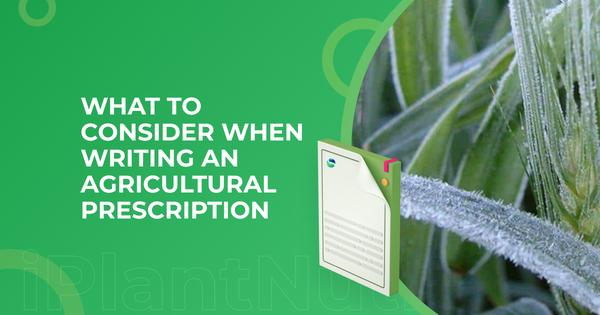
If plants were considered as people, agronomists would be viewed as doctors. In case of sickness, a doctor needs to understand the person’s symptoms, the history behind the illness, diagnose it and then prescribe medicine to cure it. The same goes for plant diseases. When a plant starts showing signs of illness, it could mean many things, from environmental stress to nutritional deficiency, competition with other plants, pests, bacterial, fungus or viral diseases. So, it is up to the agronomist, or the person in charge of the crop, to act as a doctor and follow all the steps before prescribing any agricultural defensive agents.
 iPNUK Library
4 Feb 2022
7 min read
iPNUK Library
4 Feb 2022
7 min read

Nutrient availability for the plants depends on how acid or basic the soil solution is. Fertilizers that either provide for the plants grown in basic soils the nutrients that would only be available in acidic soil or help to lower the soil pH, are known as acidic fertilizers.
 iPNUK Library
4 Feb 2022
7 min read
iPNUK Library
4 Feb 2022
7 min read
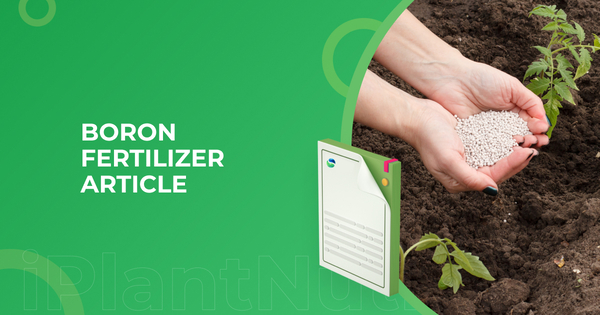
No matter the crop or the location in the world, every farmer has the same goal, which is to increase yields. To achieve that, the focus usually goes towards applying NPK fertilizers, but sometimes, the answer to higher productivity is in small doses: the micronutrients. One of them is Boron, and you will get to know a bit more about it in this article.
 iPNUK Library
4 Feb 2022
7 min read
iPNUK Library
4 Feb 2022
7 min read
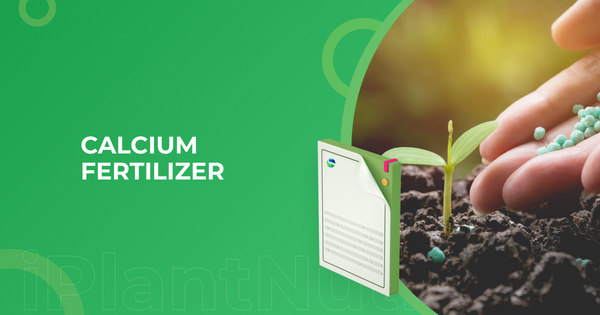
Calcium Fertilizers are chemical substances that either contain calcium in cationic form Ca+2 or produce it after it is transformed. Its main purpose is to enrich calcium nutrition in plants, since this mineral is a major component of the cell wall, promotes cell division and growth and directly affects fruit quality.
 iPNUK Library
4 Feb 2022
7 min read
iPNUK Library
4 Feb 2022
7 min read
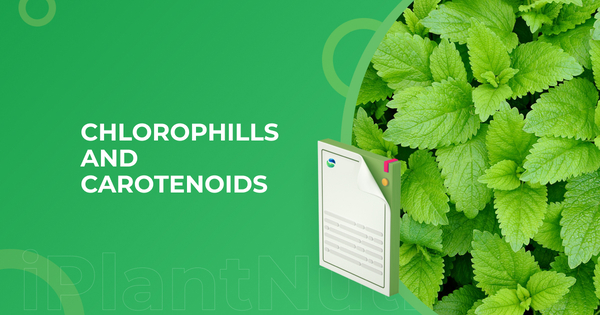
It is well known that chlorophylls, associated with the green colour of leaves, are key components of photosynthesis and therefore essential for plant physiology. However, they are not the only key pigments for plant survival. Less popular than chlorophylls, but still essential, carotenoids are a family of pigments that exhibit a range of colours and functions and can be found in different organs including roots (e.g., carrots), fruits (e.g., tomatoes) and leaves.
 iPNUK Library
4 Feb 2022
7 min read
iPNUK Library
4 Feb 2022
7 min read
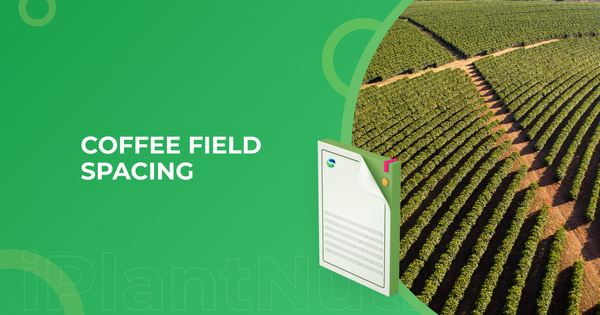
The choice of coffee spacing when planting has a direct influence on the management practices required throughout the harvest, and on the coffee yield. From the development of the roots, frequency of pruning, to the decision of using or not agricultural machinery, those are all factors that depend directly on spacing, therefore, this is a fundamental step for the good establishment of a coffee plantation.
 iPNUK Library
4 Feb 2022
7 min read
iPNUK Library
4 Feb 2022
7 min read
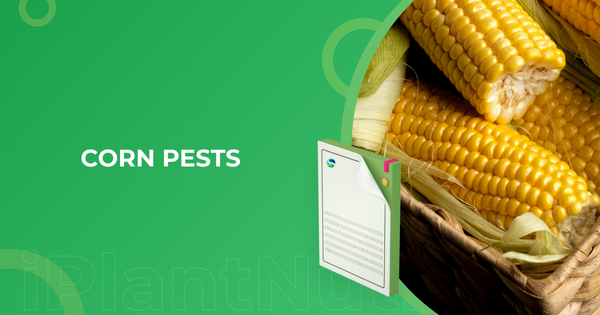
To know the characteristics of a crop’s pests is the first step to controlling them. Throughout this article, you will be introduced to the major insects that affect cornfields worldwide as well as some forms of prevention and control.
 iPNUK Library
4 Feb 2022
7 min read
iPNUK Library
4 Feb 2022
7 min read

We have recently posted an article on dry beans and how to increase their yields with plant nutrition and make it more profitable (if you haven’t read it yet, here is the link -link to “What you need to know about dry beans” article -. With an increased interest of farmers in growing dry beans, the importance of dedicating a whole article on its pests was noticed. Therefore, throughout this text, the major pests in each phenological state of the plant will be introduced, together with some inputs on how to prevent them.
 iPNUK Library
4 Feb 2022
7 min read
iPNUK Library
4 Feb 2022
7 min read
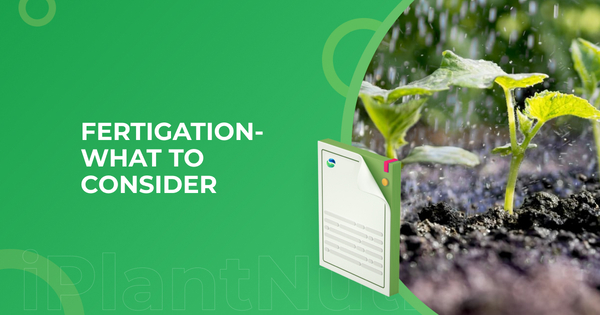
This is a well-known method of fertilization, and it’s getting more popular every day. Nonetheless, there are some factors regarding fertigation systems that most people still aren’t familiar with and that can be detrimental to the absorption of nutrients by the plants.
 iPNUK Library
4 Feb 2022
7 min read
iPNUK Library
4 Feb 2022
7 min read
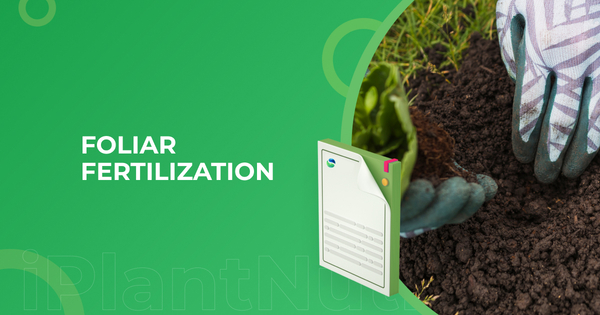
I am sure you have already heard about foliar fertilization. Maybe even have already used this kind of fertilizer application on your crop. But have you ever wondered in which situation is best to apply the fertilizers directly to the plant? Which are the pros and cons of this method? This article will enlighten all of these points for you.
 iPNUK Library
4 Feb 2022
7 min read
iPNUK Library
4 Feb 2022
7 min read
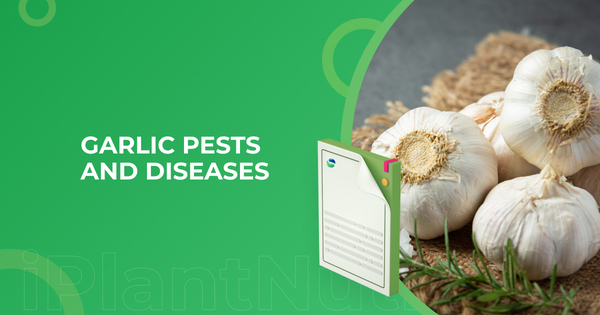
Growing garlic is a thriving culture that can reach 12 to 14 tonnes of product per hectare. The principal commercialized part is the dry bulb of this plant. According to the Food and Agriculture Organization (FAO) of the main productive region is Asia, reaching between 2000 and 2019 an average of 18,880,698 tonnes per year, producing 90.3% of the world total. China is the country that produces the highest amount of garlic, followed by India. In Africa the main producer country is Egypt, the USA in America and Spain in Europe.
 iPNUK Library
4 Feb 2022
7 min read
iPNUK Library
4 Feb 2022
7 min read

Although many people might think that applying gypsum is a form of soil liming, these are two completely different agricultural practices with one main element in common: calcium.
 iPNUK Library
4 Feb 2022
7 min read
iPNUK Library
4 Feb 2022
7 min read
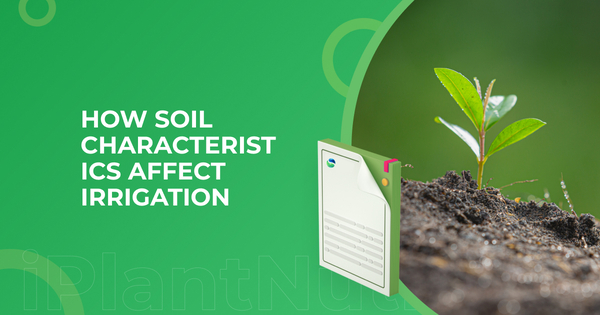
When planning your crops’ irrigation or fertigation, besides knowing its water needs and your field’s climate condition, it is essential to know your soil, because characteristics that might seem insignificant, will in fact be deal breakers for efficient water and/or nutrient supply.
 iPNUK Library
4 Feb 2022
7 min read
iPNUK Library
4 Feb 2022
7 min read

The first step for creating a personalized fertilization plan for your crop on the i-Plant Nutrition software is by inserting soil test’s results. Soil tests are the best way to get to know the soils’ needs and capacity, however, before a lab run analysis on nutrients available in the soil, a sample must be collected from the field in which the crop will be sowed and if that is not done correctly, it will interfere with the rest of the process.
 iPNUK Library
4 Feb 2022
7 min read
iPNUK Library
4 Feb 2022
7 min read

For ages, garlic has been a common ingredient in human diets. Nowadays the size and quality of the final product can be improved with a proper management of the sowing distance, edaphoclimatic requirements and fertilization. Find here the best recommendations to obtain the highest proficiency from your garlic crop and discover more about this species of plant.
 iPNUK Library
4 Feb 2022
7 min read
iPNUK Library
4 Feb 2022
7 min read

Passion fruit is the common name that missionaries gave to a group of plants from the Passifloraceae family founded in South America in the 1500s. They considered that various characteristics of their flowers had religious meaning relating to Jesus Christ´s death known as The Passion. Those are vigorous, woody, perennial climbing plants, with branches up to 20 meters long commonly forming vines. They have green, ribbed stems and axillary tendrils longer than the leaves that wind in a spiral shape. The vigour of passion fruit plants can be improved with the personalized fertilization program you can find in the i-Plant Nutrition.
 iPNUK Library
4 Feb 2022
7 min read
iPNUK Library
4 Feb 2022
7 min read
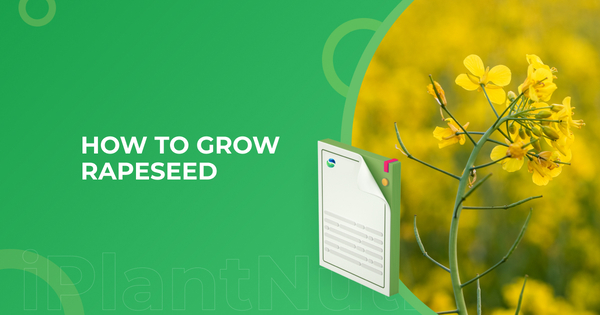
Rapeseed, also called rape or colza is the common name of the species Brassica napus, plant of the mustard family (Brassicaceae). This family is also known as Cruciferae from the shape of a cross that the four petals of its flower form. There are two types of rapeseed, winter and spring variety, which are differentiated by their vernalization requirements. In all cases the leaves are petioled. The lower leaves present a dentate margin while the upper ones are heart-shaped. This crop is mainly grown since the seeds have a high value of oil (40-48%) and protein (18-25%). Rapeseed is an annual plant, from 30 cm to 2 m tall, that forms a rosette during its vegetative period. When close to flowering, it produces ramifications followed by the formation of four-petaled yellow flowers in terminal racemes. Each flower develops a 5 to 10 cm long fruit morphologically defined as a silique or pod. The siliques contain black, brown or yellow spherical seeds (2 to 2,5 mm in diameter), whose production varies from 543 to 14,773 seeds per plant depending on the plant density and fertilization. You can improve plant production by applying a personalized plan for your crop using the i-Plant Nutrition. The mature siliques are dehiscent, opening the sutures with blows or when drying in the sun, letting the grains fall to the ground.
 iPNUK Library
4 Feb 2022
7 min read
iPNUK Library
4 Feb 2022
7 min read
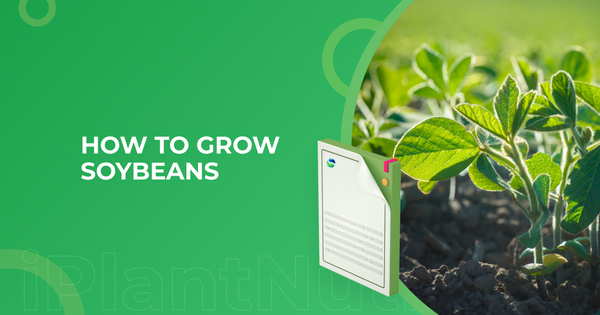
Some crops like soybeans require a low fertilization, but it doesn´t mean you should not take this factor into account. Find here some information about those plants, their preferred conditions and how to obtain the maximum benefits. Together with the personalized fertilization program that you can find in i-Plant Nutrition software, your plants will grow under the best conditions and you will easily get the highest yield.
 iPNUK Library
4 Feb 2022
7 min read
iPNUK Library
4 Feb 2022
7 min read

If you grow sugarcane in Latin America you will most likely come across larvae of a moth called Diatraea saccharalis, commonly known as the Sugarcane borer. Despite its name, this pest harms more than just sugarcane crops, being related to yield loss in rice, corn, wheat and other cereal grasses.
 iPNUK Library
4 Feb 2022
7 min read
iPNUK Library
4 Feb 2022
7 min read
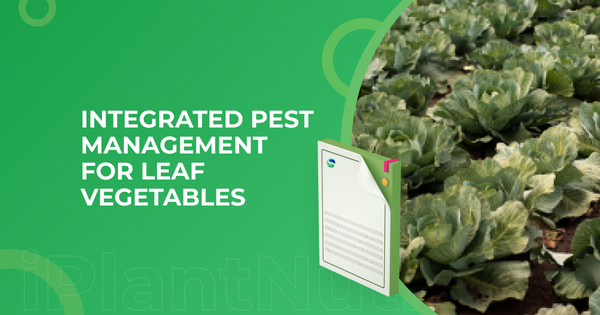
With the daily routines getting busier, the consumption of fast food in the last decade has been very high, while the intake of natural foods, due to the preparation time, ended up being pushed aside, and human’s health has been suffering the consequences of this change. Therefore, the WHO has encouraged people throughout the world to consume vegetables and fruits more frequently. These foods are rich in micronutrients, fibres and have a low energy density. By data presented in 2003, the minimum recommendation of energy consumed from these foods is 6 to 7%, and, due to this food "revolution", the volume of leaf vegetable production grows every day!
 iPNUK Library
4 Feb 2022
7 min read
iPNUK Library
4 Feb 2022
7 min read

Let us start with some facts. The coffee crop is very important to the global economy. More than 10 million tons are produced yearly worldwide and are responsible for running the economy wheel in many sectors, such as agricultural companies, cooperatives, exportation and/or trader companies, coffee roasters and of course, farmers.
 iPNUK Library
4 Feb 2022
7 min read
iPNUK Library
4 Feb 2022
7 min read
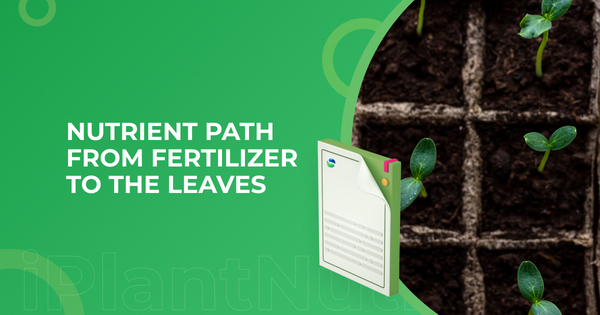
Have you ever wondered what happens after you fertilize your soil? How exactly do the minerals in the fertilizer end up inside the plants? In this article, you will get a better idea of how this happens.
 iPNUK Library
4 Feb 2022
7 min read
iPNUK Library
4 Feb 2022
7 min read
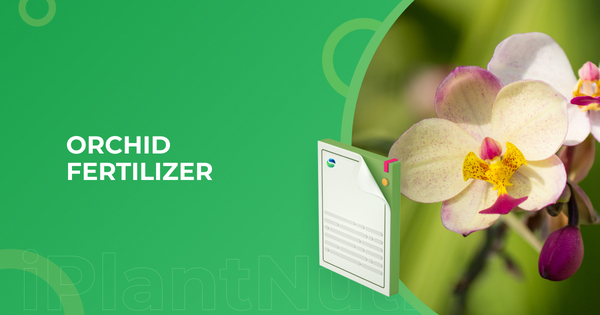
Orchids, like any other plant, need different nutrients in different stages of its life. Finding the appropriate orchid fertilizer might seem like a challenge, but it is in fact, quite simple. This article will provide the information necessary to ensure that your orchid is well fed.
 iPNUK Library
4 Feb 2022
7 min read
iPNUK Library
4 Feb 2022
7 min read
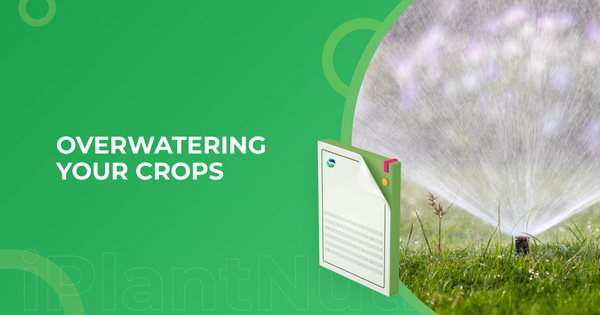
Water is one of the elements that all plants need to grow. However, when crops are overwatered it can turn into a huge problem that can lead to the death of your culture. Find in this article why an excess of water can be dangerous and some tips for appropriate watering. Remember you can always ask any inquiries that will be replied to by our i-Plant Nutrition experts.
 iPNUK Library
4 Feb 2022
7 min read
iPNUK Library
4 Feb 2022
7 min read
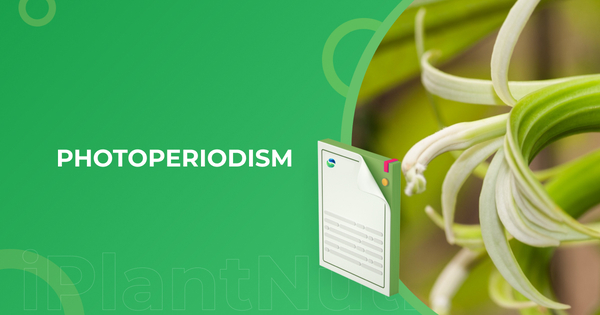
How do daylight hours affect plants? Just like humans do, plants respond with developmental and physiological changes to short and long days. It is known as photoperiodism and can be used as a powerful tool to manipulate and improve the vigour of your crops, together with correct fertilisation. Find out how in this article.
 iPNUK Library
4 Feb 2022
7 min read
iPNUK Library
4 Feb 2022
7 min read
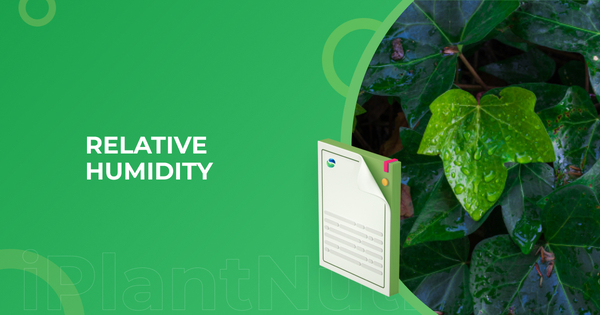
Is my crop properly absorbing nutrients from the soil? One of the environmental factors that can directly affect the fertilization of your plants is relative humidity. Why do we measure relative instead of absolute humidity? What problems can I detect on my crops? And more importantly, how can I control it? All the main doubts you may have in this regard are solved in this article.
 iPNUK Library
4 Feb 2022
7 min read
iPNUK Library
4 Feb 2022
7 min read

In the past few years, precision agriculture has become very popular, and with that, the expression “remote sensing” has been said a lot, usually followed by “improvement”, “higher yields”, “decision making”, “cost reduction” and many other words that attract the eyes of farmers and people involved in the agricultural world. We can anticipate that all of those words are rightfully connected to remote sensing in agriculture, and in this article, we will explain to you the reasons for that.
 iPNUK Library
4 Feb 2022
7 min read
iPNUK Library
4 Feb 2022
7 min read

The components of soil radically vary the nutrients available for absorption by the plant. The element in a larger proportion is the mineral particles. Those affect the texture, water flow and the capacity of nutrient retention. In this article, you will find the differences between the main type of soil and how your crops interact with it underground.
 iPNUK Library
4 Feb 2022
7 min read
iPNUK Library
4 Feb 2022
7 min read
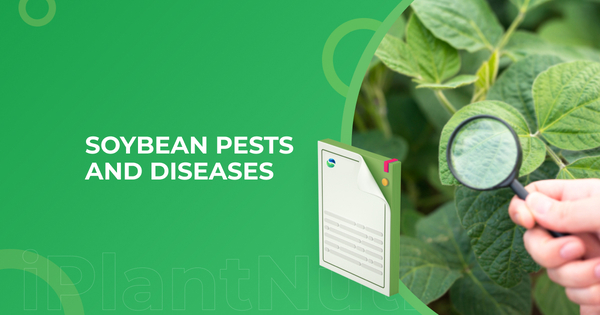
The plant Glycine max, commonly known as soybean, is defined by the Food and Agriculture Organization (FAO) as one of the most important world crops. It is often grown as a rotation crop combined with cotton, maize and sorghum. The stages of this crop can be divided into initial, crop development, midseason and late season, during a total period from 100 to more than 130 days.
 iPNUK Library
4 Feb 2022
7 min read
iPNUK Library
4 Feb 2022
7 min read
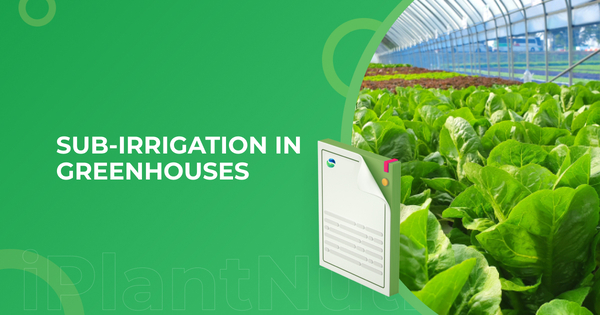
The sub-irrigation in protected environments such as greenhouses is a cyclic irrigation system that seeks to optimize the use of water, reinserting the nutrient solution throughout the development of the crop.
 iPNUK Library
4 Feb 2022
7 min read
iPNUK Library
4 Feb 2022
7 min read
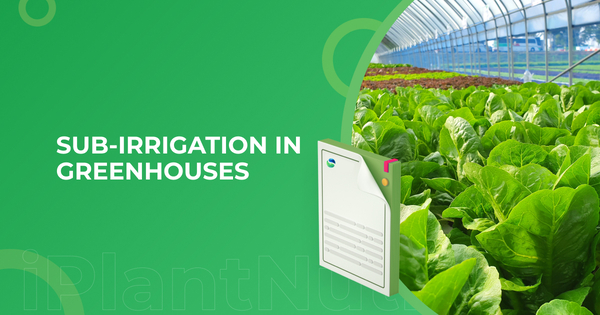
Pests and diseases are something that every farmer all over the world is scared of when it comes to crop management. Some more specific, others less, some harder to get rid of, others, not that much. There is one specific that is present in most of the cash crops grown worldwide and it’s quite hard to be eliminated: the white mold.
 iPNUK Library
4 Feb 2022
7 min read
iPNUK Library
4 Feb 2022
7 min read
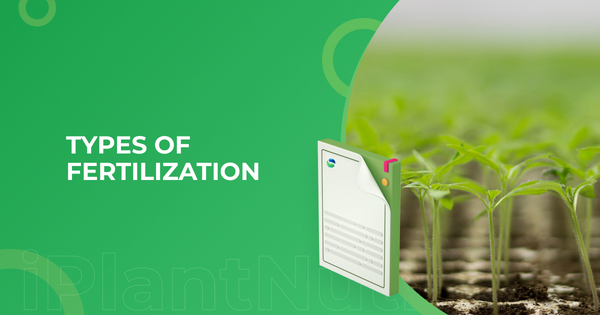
Fertilization’s main purpose is to provide the plants with the nutrients necessary for their growth and development, which simultaneously gives the farmer more profit, seeing the yields improve significantly.
 iPNUK Library
4 Feb 2022
7 min read
iPNUK Library
4 Feb 2022
7 min read

In medical practice, as well as in microbiological laboratories and other environments, regular and safe disinfection of surfaces is required to reduce the number of microorganisms and prevent contamination and infections. Electrochemically activated water solutions are now known as safe and prospective agents with application capabilities as antiseptics and disinfectants. The electrochemical activation process consists of the electrolysis of slightly concentrated aqueous solutions of inorganic salts.
 iPNUK Library
4 Feb 2022
7 min read
iPNUK Library
4 Feb 2022
7 min read
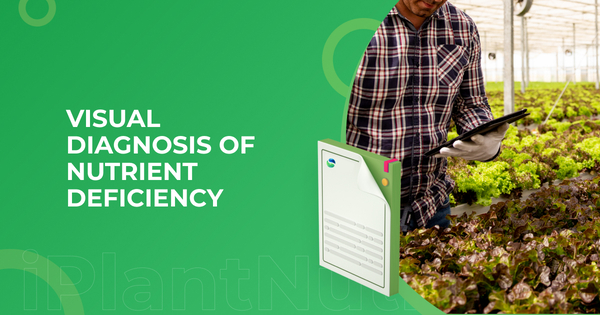
Sampling leaves from a crop and running a tissue test is usually the most common way of assessing the plant’s nutrition. This process is the most accurate one, but it can also take a while and be time consuming and expensive. That being so, visual diagnosis becomes a good ally for the farmers, although it doesn’t substitute a tissue analysis, it improves their knowledge regarding the crop’s health.
 iPNUK Library
4 Feb 2022
7 min read
iPNUK Library
4 Feb 2022
7 min read
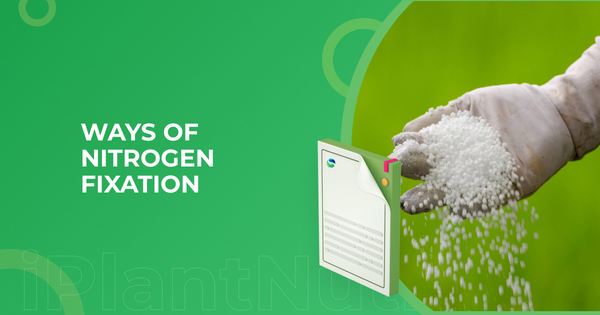
It is well known between farmers and agronomists – or anyone interested in plants, actually – all over the world the importance of nitrogen for agriculture. There is no question why it is the most required nutrient for every crop since it is present in almost every metabolic compound, such as chlorophyll, amino acids, proteins, enzymes, and essential for carbohydrate consumption and root growth.
 iPNUK Library
4 Feb 2022
7 min read
iPNUK Library
4 Feb 2022
7 min read
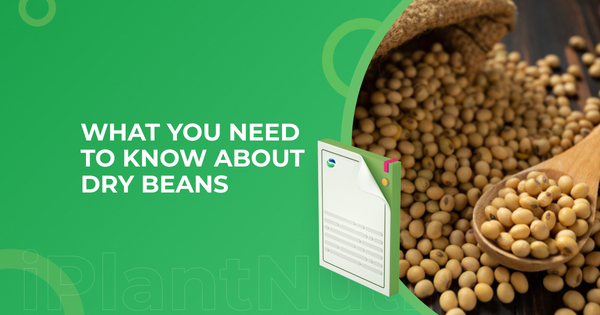
No matter what you might call them, red beans, pinto beans, black beans, black-eyed peas, navy beans, frijoles, they are all different types of the same species, “Phaseolus vulgaris L”, grown in Latin America for over 7 thousand years. Today, Myanmar, India, Brazil, USA, Mexico and Tanzania are the biggest growers of the crop, which has over 27 million tons produced yearly worldwide.
 iPNUK Library
4 Feb 2022
7 min read
iPNUK Library
4 Feb 2022
7 min read
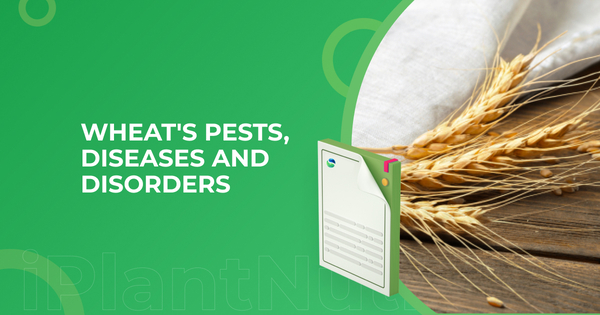
Wheat, an agricultural commodity that is part of almost everyone’s out of the 7.8 billion people in this planet diet. Was also one of the crops responsible for the establishment of humanity as a productive society throughout plan domestication.
 iPNUK Library
4 Feb 2022
7 min read
iPNUK Library
4 Feb 2022
7 min read
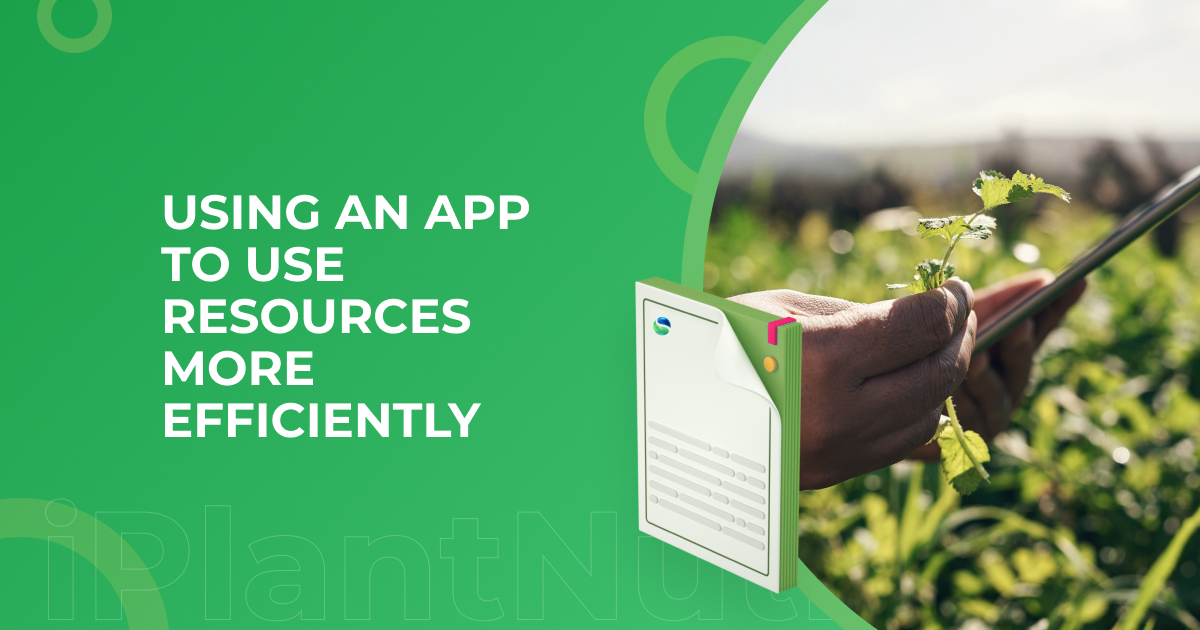
“Since we’re introducing a new farming method to the Egyptian agricultural scene, a large part of our difficulties lie in finding the right expertise when it comes to hydroponics. Using the i-Plant software helps us save fertilizer costs and use our resources most efficiently,” says Seif Salama with Tulima Farms.
 iPNUK Library
12 May 2022
7 min read
iPNUK Library
12 May 2022
7 min read
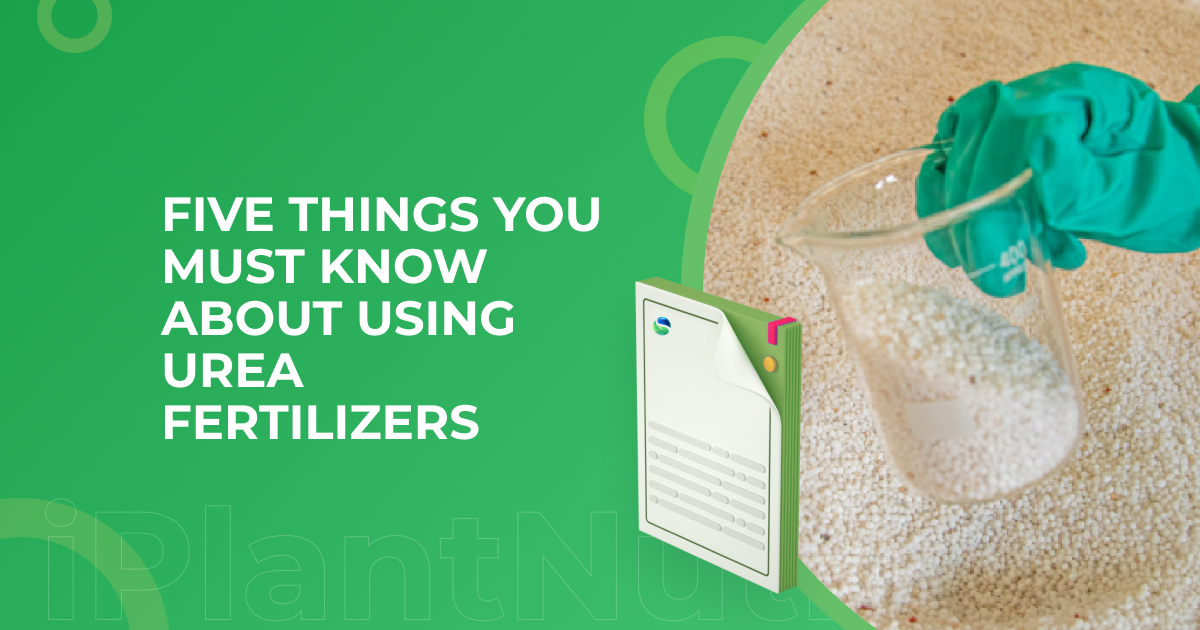
Urea was first synthesized by the German chemist Friedrich Wöhler in 1828. Before that time, organic sources of nitrogen such as urine, night soil, manure, and compost were the only means of delivering this important macronutrient to the soil.
 iPNUK Library
6 June 2022
5 min read
iPNUK Library
6 June 2022
5 min read